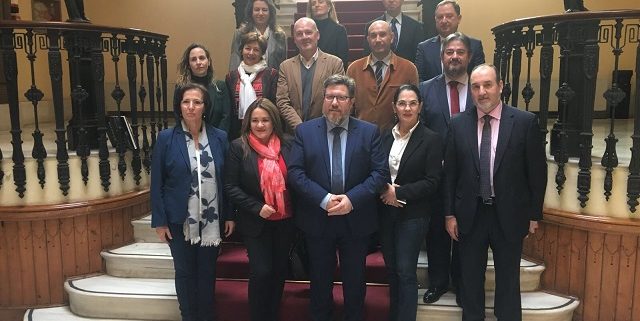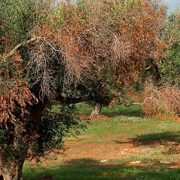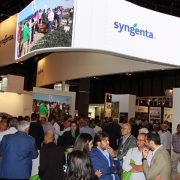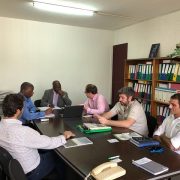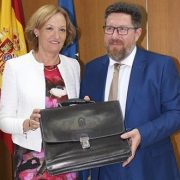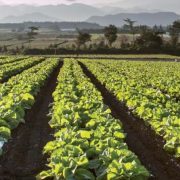The Government of Ecuador is interested in the model of Almeria agriculture to move it to their country
A delegation from the Government of Ecuador has moved to Almeria to learn first hand the Almerian agriculture model in order to implement a fruit and vegetable development project in their country. The Minister of Agriculture, Fisheries and Rural Development, Rodrigo Sánchez Haro, has received the Ecuadorian representatives of the initiative Agrovivienda Ecuador 2014-2020, which covers agricultural production with the provision of basic services, to encourage the creation of self-sufficient communities and the sustainable development of rural areas.
The government delegation of Ecuador was headed by the secretary of the Plan ‘Whole Life’, Irina Cabezas, and the Minister of Industry and Productivity, Eva García.
The project of hortofrutícola development that pretends to undertake Ecuador has like referents the agrarian model almeriense and the kibutz of Israel
Sanchez Haro has valued this initiative, promoted by an international consortium with participation from Almeria, which will be responsible for transferring their knowledge to Ecuadorian government officials for their subsequent implementation. The holder of Agriculture has highlighted the outstanding presence of Almeria in this international consortium that has a strong roots in the agricultural and agroindustrial sector, with activities in Spain, Israel, Mexico, China and the United States. Its objective is to design the productive platform -mainly greenhouses-, build infrastructure, housing, services and guarantee exports.
The Agrovivienda project in Ecuador has a total investment of 750 million dollars, which will allow the construction of 1,500 hectares of greenhouses in this Latin American country
The goal is to have 15,000 homes with an urban platform for another 10,000, which is a total of between 25,000 and 30,000. In addition, a financing program will be created for small producers and cooperative members, with which it is expected to generate 12,000 direct and 3,000 indirect jobs, with the settlement of some 15,000 people not directly associated with the project.
Source: CAPDER




